Home>Technology>Home Entertainment Systems>How Long Does A Projector Bulb Last
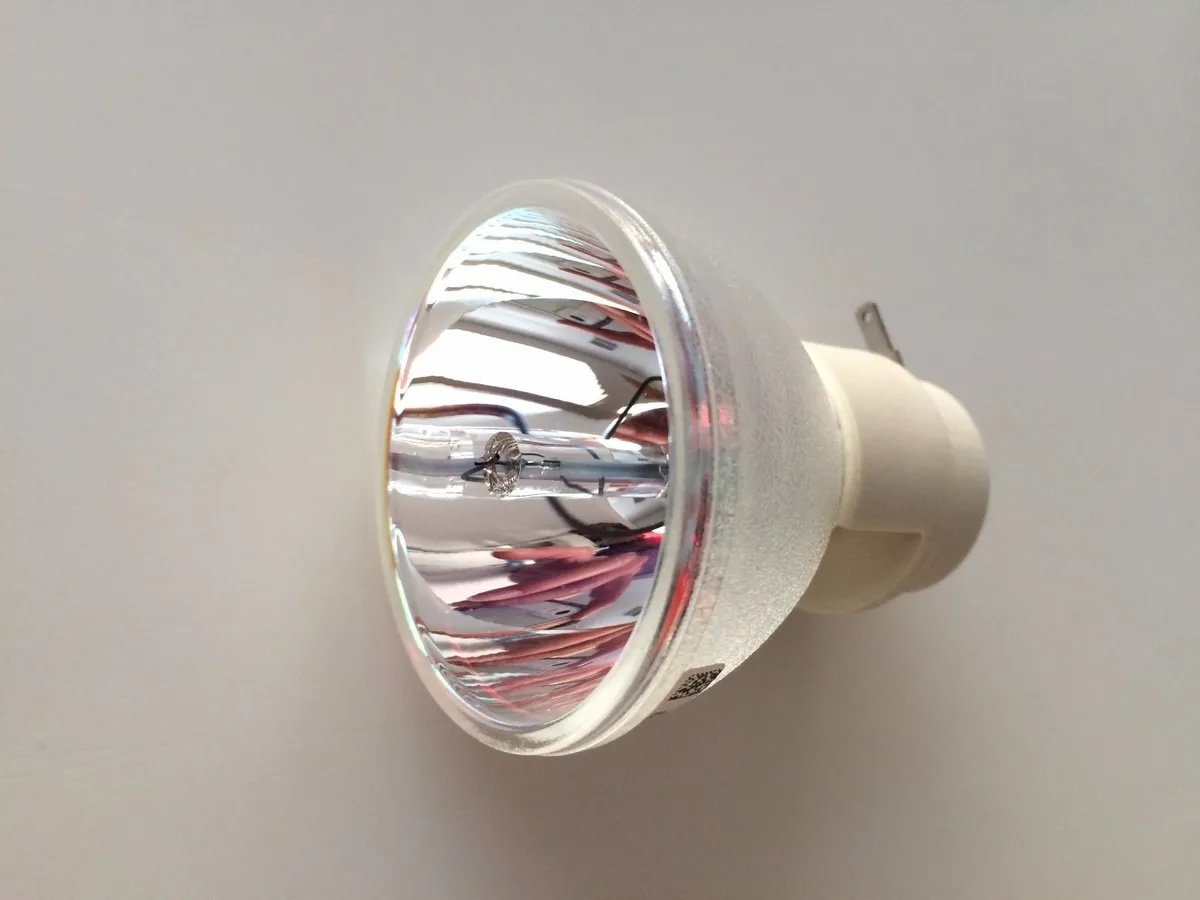

Home Entertainment Systems
How Long Does A Projector Bulb Last
Modified: January 9, 2024
Discover the lifespan of projector bulbs for home entertainment systems. Learn how to maximize the longevity of your projector bulb.
(Many of the links in this article redirect to a specific reviewed product. Your purchase of these products through affiliate links helps to generate commission for Storables.com, at no extra cost. Learn more)
Introduction
Welcome to the world of home entertainment systems, where the magic of cinema comes alive in the comfort of your own living room. One of the key components of an immersive home theater experience is a high-quality projector, which relies on a crucial yet often overlooked element: the projector bulb. The lifespan of a projector bulb is a significant factor in the overall cost and maintenance of a home entertainment system. Understanding the factors that influence the longevity of projector bulbs, as well as how to maximize their lifespan, is essential for every enthusiast and casual user alike.
Projector bulbs, also known as projector lamps, play a pivotal role in creating stunning visuals on the big screen. Whether you're enjoying a movie night with friends or giving a professional presentation, the reliability and longevity of your projector bulb are paramount. In this comprehensive guide, we will delve into the various aspects of projector bulb lifespan, including the average lifespan of projector bulbs, factors influencing their longevity, signs of a failing bulb, and practical tips for extending their lifespan.
Join us as we embark on a journey to unravel the mysteries of projector bulbs, empowering you to make informed decisions and get the most out of your home entertainment experience. Let's shed light on the fascinating world of projector bulb lifespan and discover how to keep the cinematic magic alive for years to come.
Key Takeaways:
- Projector bulbs have varying lifespans, with LED bulbs lasting the longest at 20,000-30,000 hours. Proper maintenance and usage can extend the lifespan, ensuring consistent visual quality for home entertainment.
- Signs of a failing projector bulb include diminished brightness, color distortion, and unusual noises. Timely replacement and proactive maintenance can prevent unexpected interruptions during movie nights or presentations.
Read more: How Long Does A Light Bulb Last
Factors Affecting Projector Bulb Lifespan
The lifespan of a projector bulb is influenced by a multitude of factors, each playing a crucial role in determining how long the bulb will continue to illuminate your screen. Understanding these factors is pivotal in optimizing the longevity of your projector bulb and maximizing its performance. Here are the key elements that can impact the lifespan of a projector bulb:
- Usage Hours: The number of hours a projector is in use directly affects the lifespan of its bulb. Projector bulbs are rated for a certain number of operating hours, and exceeding this limit can significantly shorten their lifespan.
- Power Cycles: The frequency of turning the projector on and off, known as power cycles, can impact the bulb’s longevity. Frequent power cycling can decrease the lifespan of the bulb.
- Quality of Ventilation: Proper ventilation is essential for maintaining an optimal operating temperature within the projector. Inadequate ventilation can lead to overheating, which may reduce the lifespan of the bulb.
- Environmental Factors: The environment in which the projector is used can affect the bulb’s lifespan. Factors such as humidity, dust, and altitude can impact the performance and longevity of the bulb.
- Handling and Maintenance: Proper handling and regular maintenance of the projector can contribute to the longevity of the bulb. Dust accumulation and physical shocks can negatively impact the bulb’s performance.
- Power Quality: The stability and quality of the power supply can influence the lifespan of the projector bulb. Fluctuations in power can lead to premature bulb failure.
By being mindful of these factors and taking proactive measures to mitigate potential risks, you can effectively extend the lifespan of your projector bulb. In the next section, we’ll explore the average lifespan of projector bulbs to provide a benchmark for assessing the longevity of your own bulb.
Average Lifespan of Projector Bulbs
Projector bulbs are engineered to provide a certain number of operational hours before reaching the end of their lifespan. Understanding the average lifespan of projector bulbs can help users gauge the expected longevity of their own bulbs and plan for eventual replacements. While the actual lifespan can vary based on usage and environmental factors, the following are general guidelines for different types of projector bulbs:
- Standard Bulbs: Traditional projector bulbs, also known as metal halide lamps, typically have an average lifespan of 2,000 to 3,000 hours of use. These bulbs are commonly found in entry-level and mid-range projectors.
- High-Performance Bulbs: High-performance projector bulbs, including UHP (ultra-high performance) lamps, can last longer, with an average lifespan of 3,000 to 4,000 hours. These bulbs are often utilized in professional-grade projectors and those designed for home theater enthusiasts.
- LED Bulbs: LED projector bulbs have gained popularity due to their energy efficiency and extended lifespan. On average, LED bulbs can last between 20,000 and 30,000 hours, providing significantly longer usage compared to traditional lamp-based projectors.
- Laser Light Source: Projectors equipped with laser light sources boast an impressive lifespan, often exceeding 20,000 hours of use. These advanced systems offer exceptional durability and are commonly found in high-end home theater and commercial projection setups.
It’s important to note that these figures represent typical average lifespans, and individual experiences may vary based on usage patterns, maintenance, and environmental conditions. Additionally, advancements in technology and manufacturing processes continue to improve the longevity of projector bulbs, offering users extended usage before replacement is necessary.
Understanding the average lifespan of your projector bulb allows you to anticipate when a replacement may be needed and factor this into your home entertainment system’s maintenance schedule. In the next section, we’ll explore the signs that indicate a failing projector bulb, helping you stay ahead of potential issues and ensure uninterrupted viewing pleasure.
Tip: Projector bulbs typically last between 2,000 to 4,000 hours, but this can vary based on usage and maintenance. Be sure to follow manufacturer guidelines for optimal bulb lifespan.
Signs of a Failing Projector Bulb
As projector bulbs near the end of their lifespan, they may exhibit various signs indicating that a replacement is imminent. Recognizing these indicators can help users avoid unexpected interruptions and plan for a timely bulb replacement. Here are the common signs of a failing projector bulb:
- Diminished Brightness: One of the earliest signs of a failing projector bulb is a noticeable decrease in brightness. If the projected image appears dimmer than usual, it may indicate that the bulb is reaching the end of its lifespan.
- Color Fading or Distortion: Fading colors or abnormal color distortion in the projected image can be a sign of a deteriorating bulb. Colors may appear muted, inaccurate, or exhibit unusual tints, signaling potential bulb failure.
- Flickering or Fluctuating Image: If the projected image flickers, flashes, or exhibits intermittent brightness fluctuations, it could be a symptom of a failing bulb. Inconsistent illumination points to the need for a bulb replacement.
- Unusual Noise: A failing projector bulb may produce unusual noises, such as buzzing, humming, or popping sounds. These auditory cues can indicate internal bulb issues and should prompt a closer inspection.
- Increased Fan Noise or Heat: As bulbs near the end of their lifespan, projectors may experience heightened fan noise or increased heat output. These changes may stem from the bulb’s diminished efficiency and should be monitored closely.
- Unexpected Shutdowns: If the projector unexpectedly shuts down during operation, it could be a result of a failing bulb. Sudden power interruptions or automatic shutdowns are common when the bulb is reaching the end of its usable life.
By remaining vigilant for these signs, users can proactively address potential bulb issues and ensure uninterrupted viewing experiences. Timely replacement of a failing bulb not only maintains the quality of the projected visuals but also prevents unexpected downtime during important presentations or movie nights. In the following section, we’ll explore practical strategies for extending the lifespan of a projector bulb, empowering users to maximize their investment and enjoyment of home entertainment systems.
Extending the Lifespan of a Projector Bulb
Maximizing the lifespan of a projector bulb involves proactive measures aimed at optimizing its performance and mitigating potential sources of wear and tear. By implementing the following strategies, users can extend the longevity of their projector bulbs and enjoy consistent, high-quality visuals for an extended period:
- Proper Ventilation: Ensure adequate ventilation around the projector to maintain optimal operating temperatures. Clear any obstructions that may impede airflow and regularly clean the projector’s air filters to prevent dust accumulation.
- Optimal Usage Patterns: Minimize frequent power cycling by planning viewing sessions effectively. Avoid unnecessary on/off cycles, and consider using an energy-saving mode when the projector is not in active use.
- Maintenance and Cleaning: Regularly inspect and clean the projector’s lens, housing, and air filters to prevent dust buildup. Follow manufacturer-recommended maintenance procedures to keep the projector in optimal condition.
- Stable Power Supply: Utilize a reliable power source with stable voltage to minimize the impact of power fluctuations on the projector bulb. Consider using surge protectors to safeguard the projector from electrical irregularities.
- Low-Power Mode: When appropriate, utilize the projector’s low-power or eco-mode settings to reduce power consumption and extend the bulb’s operational lifespan.
- Avoid Physical Shocks: Handle the projector with care to prevent physical shocks that can jolt the bulb and its components. Secure the projector during transportation and avoid abrupt movements that may impact the bulb’s longevity.
- Timely Replacements: Keep track of the bulb’s usage hours and replace it within the manufacturer’s recommended timeframe. Avoid operating the projector with an expired bulb to prevent potential damage and compromised performance.
By incorporating these practices into your maintenance routine, you can significantly enhance the lifespan of your projector bulb and optimize its performance throughout its usage. These proactive measures not only contribute to cost savings by reducing the frequency of bulb replacements but also ensure a consistent and enjoyable viewing experience for all your home entertainment needs.
As we conclude our exploration of projector bulb lifespan, it is evident that a combination of mindful usage, regular maintenance, and adherence to best practices can substantially extend the longevity of these essential components. By implementing these strategies, you can enjoy the captivating visuals of your home theater system for countless hours, making the most of your investment and creating memorable viewing experiences. Whether you’re a cinephile, a gaming enthusiast, or a professional presenter, a well-maintained projector bulb is the key to unlocking the full potential of your home entertainment setup.
Read more: How Long Does An LED Bulb Last
Conclusion
Congratulations on embarking on a journey to unravel the mysteries of projector bulb lifespan and maintenance. Throughout this comprehensive guide, we’ve delved into the various facets of projector bulbs, exploring the factors that influence their longevity, the average lifespans of different bulb types, signs of a failing bulb, and practical strategies for extending their lifespan. By gaining a deeper understanding of these elements, you are well-equipped to optimize the performance and longevity of your projector bulb, ensuring a captivating and uninterrupted home entertainment experience.
As the heart of your home theater system, the projector bulb plays a pivotal role in delivering stunning visuals and immersive experiences. By being mindful of usage patterns, environmental factors, and maintenance practices, you can proactively safeguard the longevity of your bulb and maximize its performance. Whether you’re enjoying movie nights with loved ones, immersing yourself in the latest video games, or delivering impactful presentations, a well-maintained projector bulb is the cornerstone of an exceptional visual experience.
As technology continues to evolve, advancements in projector bulb design and manufacturing processes offer users extended lifespans and improved performance. By staying informed about the latest developments and adhering to best practices, you can make the most of these innovations and enjoy the benefits of cutting-edge projector technology.
Remember, the signs of a failing bulb, such as diminished brightness, color distortion, and unusual noises, serve as valuable indicators for timely replacement. By recognizing these signs and implementing proactive maintenance measures, you can ensure uninterrupted viewing pleasure and avoid unexpected downtime due to a failing bulb.
With a focus on proper ventilation, optimal usage patterns, and regular maintenance, you can extend the lifespan of your projector bulb, enhancing its performance and longevity. These efforts not only contribute to cost savings by minimizing the frequency of bulb replacements but also guarantee consistent and captivating visuals for all your home entertainment needs.
As you continue to immerse yourself in the captivating world of home entertainment, may your projector bulb illuminate countless hours of cinematic magic, gaming excitement, and impactful presentations. By nurturing and preserving this essential component of your home theater system, you are poised to create enduring memories and elevate your visual experiences for years to come.
Thank you for joining us on this enlightening exploration of projector bulb lifespan and maintenance. Here’s to many more hours of captivating visuals and unforgettable moments in your home entertainment journey!
Frequently Asked Questions about How Long Does A Projector Bulb Last
Was this page helpful?
At Storables.com, we guarantee accurate and reliable information. Our content, validated by Expert Board Contributors, is crafted following stringent Editorial Policies. We're committed to providing you with well-researched, expert-backed insights for all your informational needs.
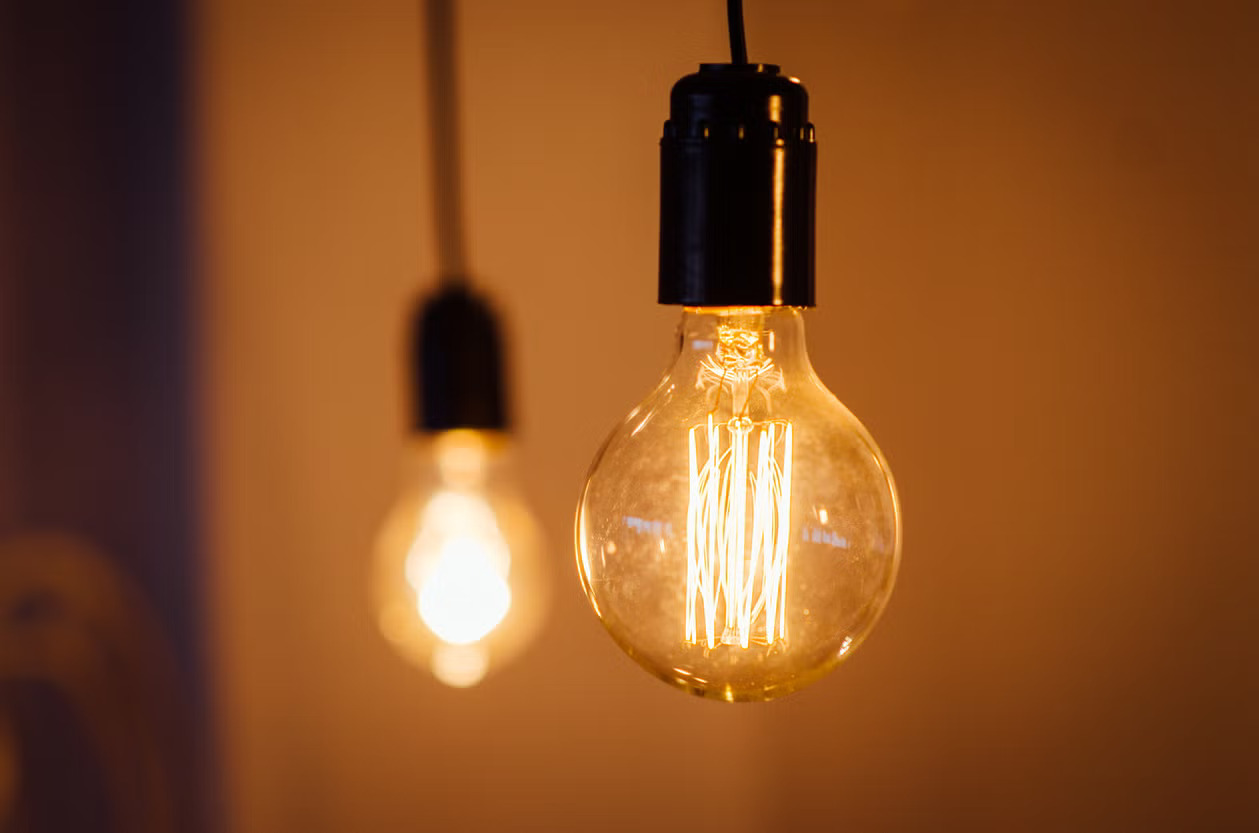







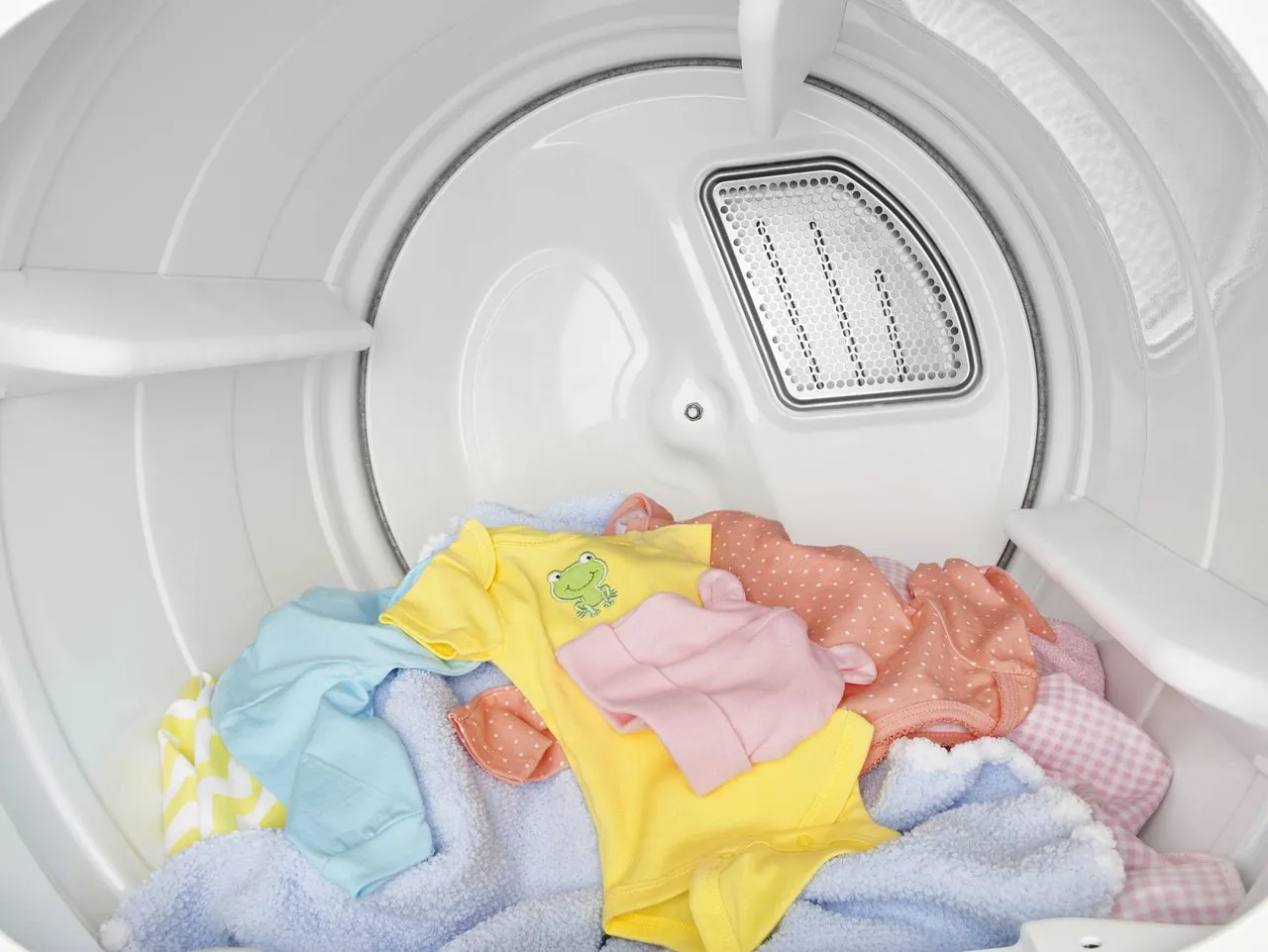

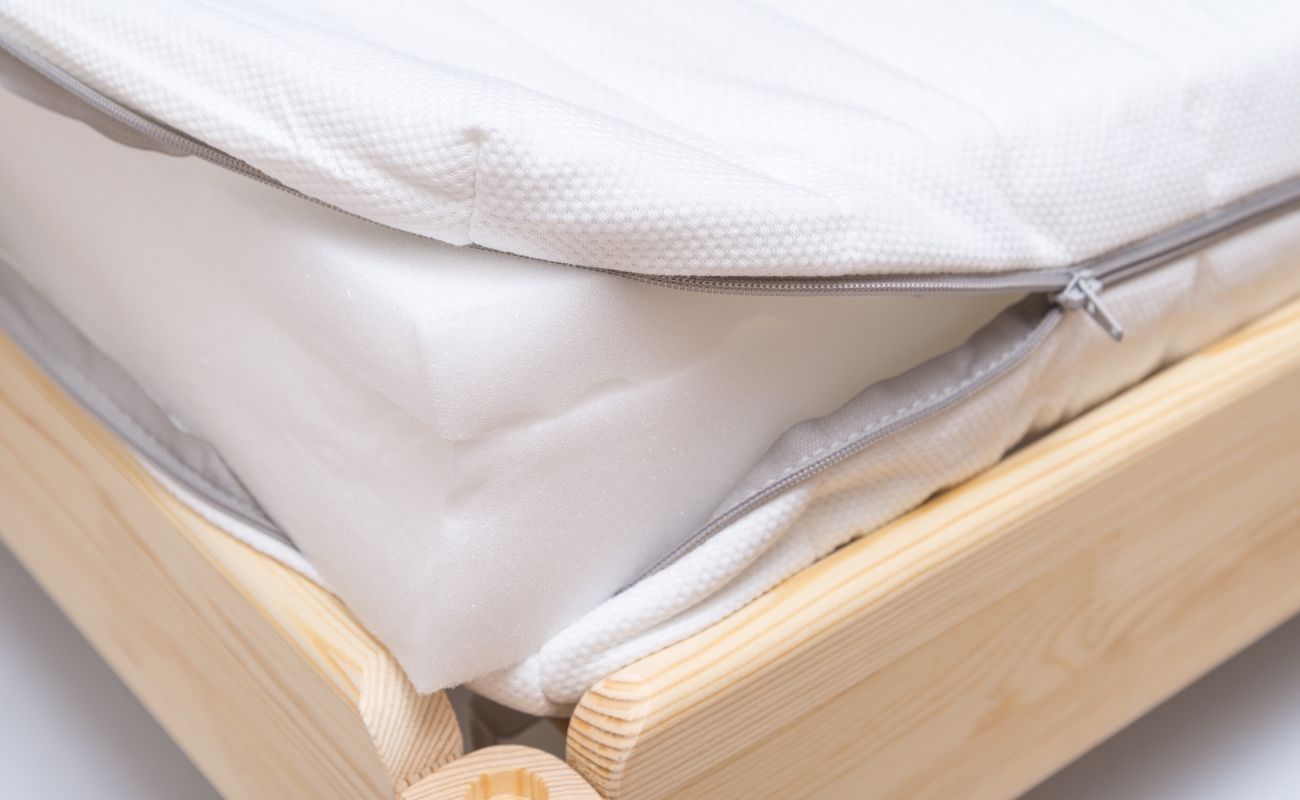
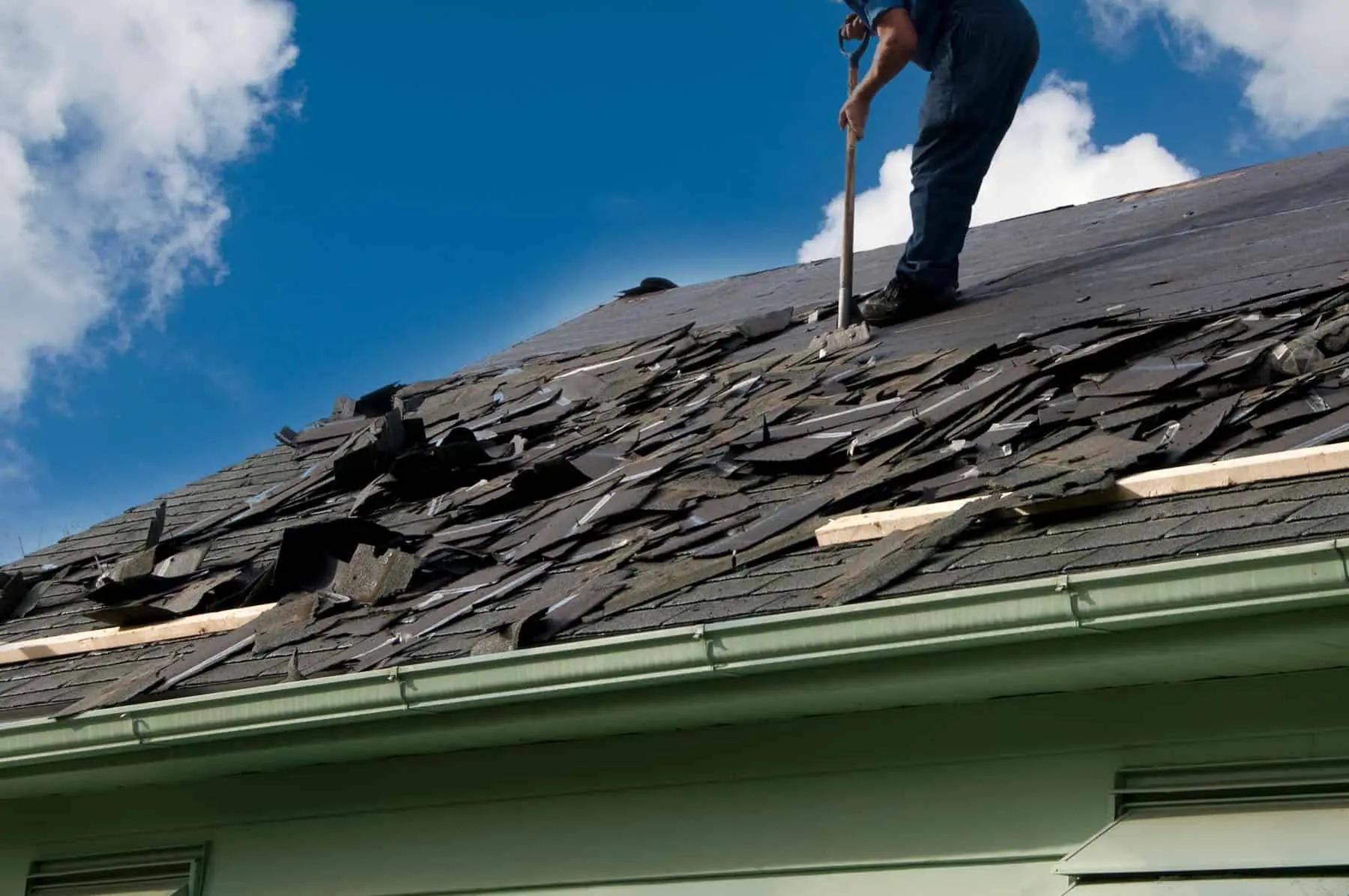

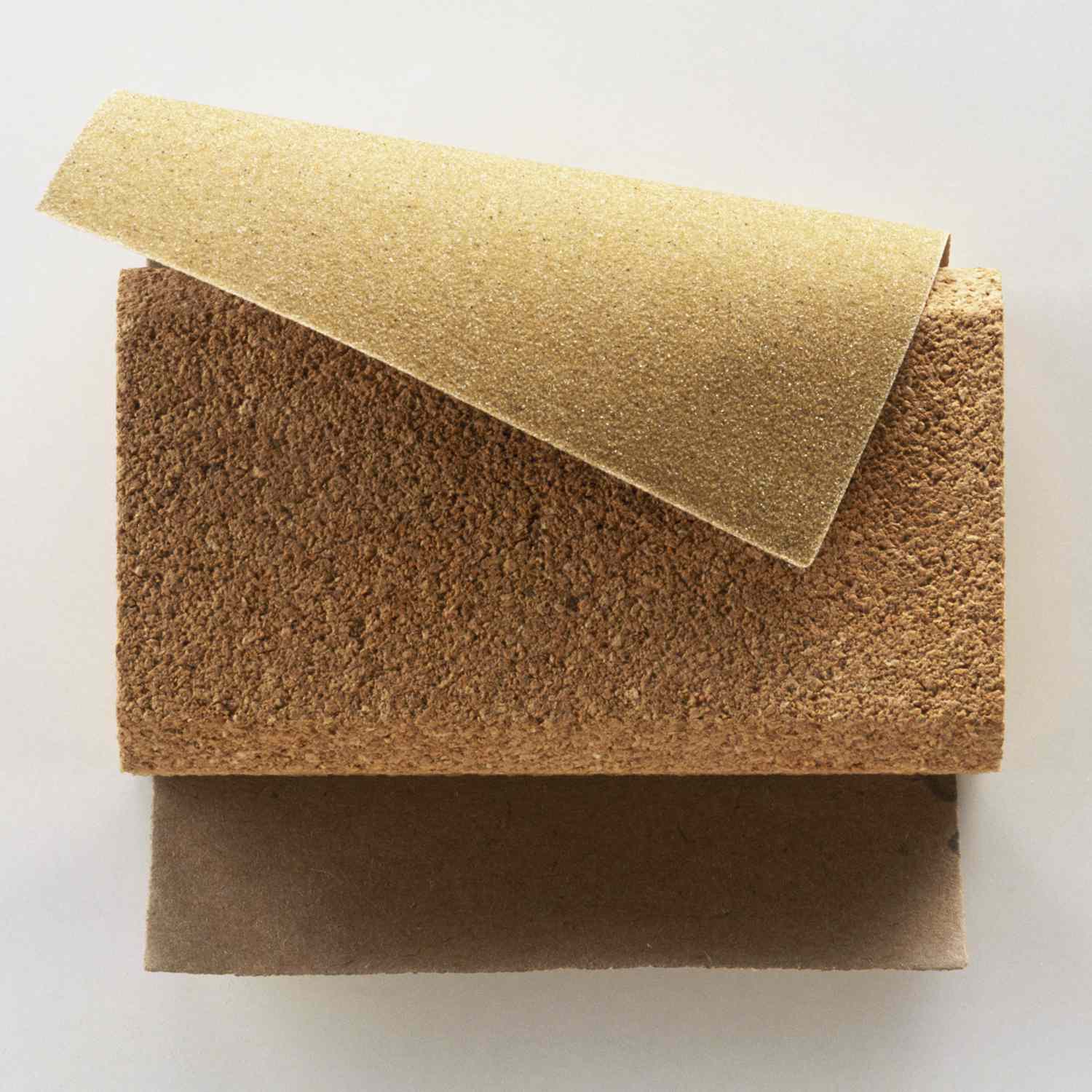

0 thoughts on “How Long Does A Projector Bulb Last”